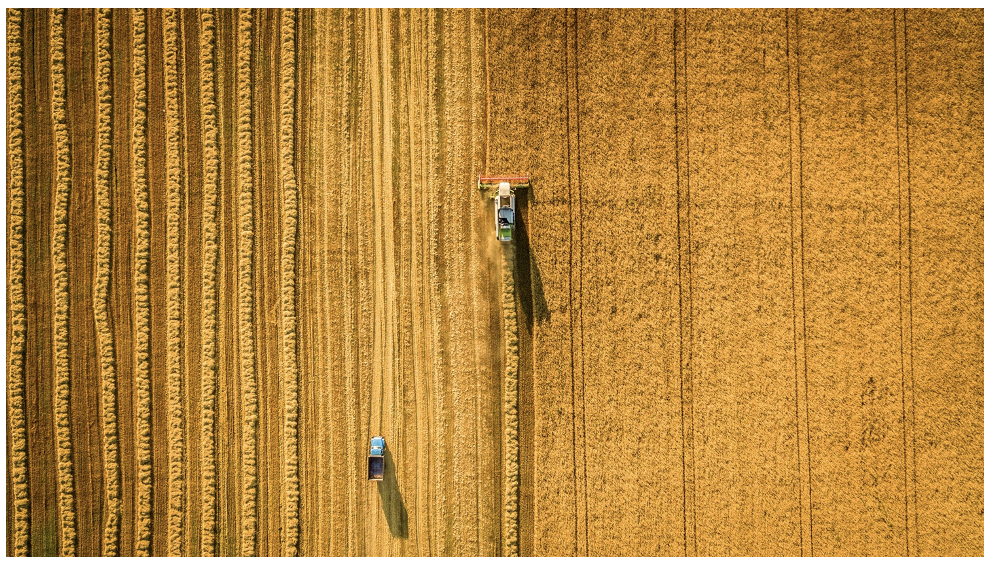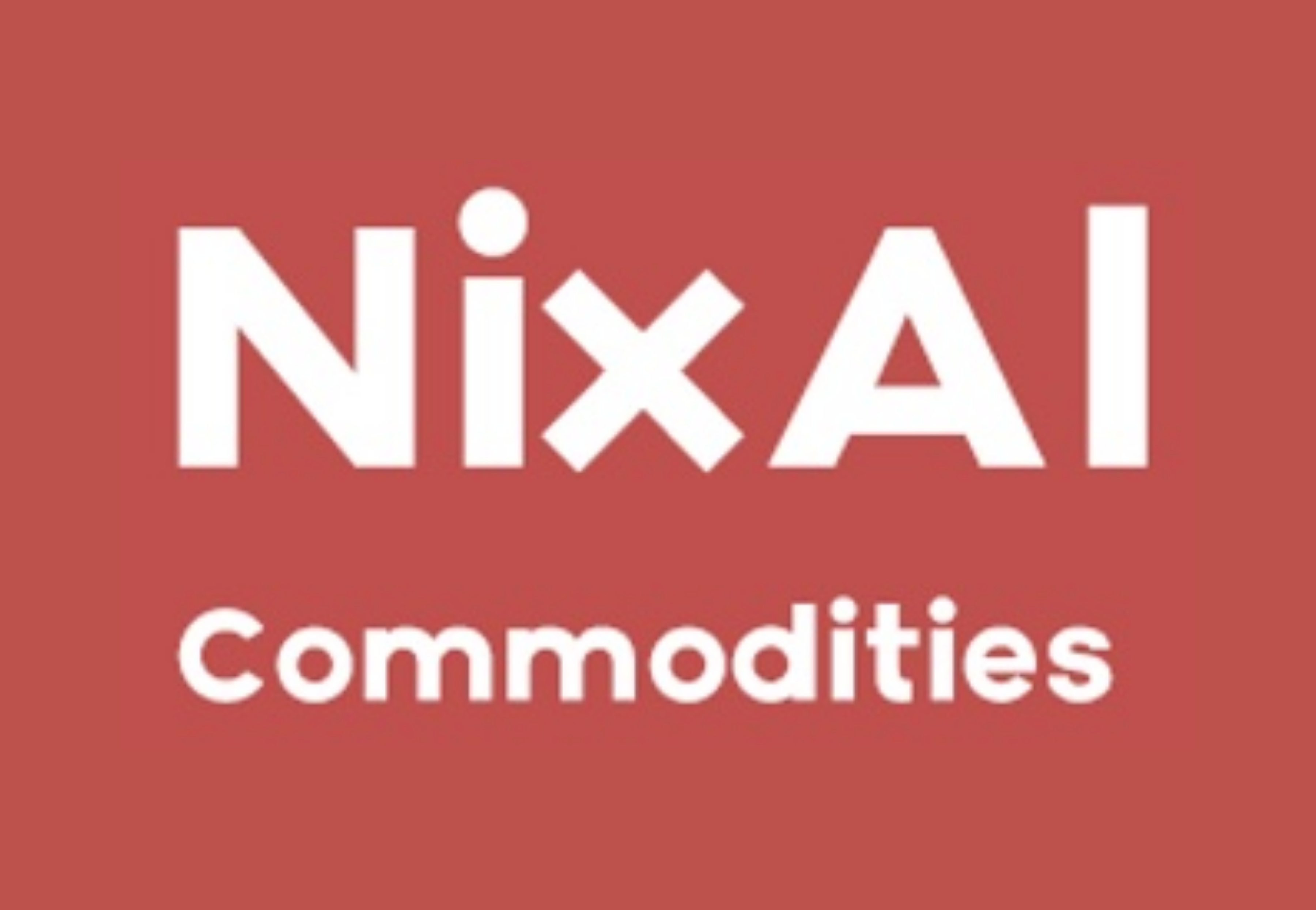
- We don’t think the USDA addressed the fertilizer crisis in its last WADSE.
- Russia’s increased its export tax, and Australia’s largest plant has just closed.
- Prices should stay high until Q2’22, with Northern Hemisphere wheat planting finishing soon.
Nixal’s Forecast
Our 2021/22 price forecast for Chicago corn (Sep/Oct) remains unchanged in a range of 4.5 to 5 USD/bu. The average price since the start of the new crop is running at 5.35 USD/bu.
Market Commentary
Grains (wheat, soybean, corn) rallied in all geographies last week.
US Corn is 84% harvested, up 6% from the five-year average. Russian Corn is 81% harvested. Ukrainian Corn is 73% harvested. In Brazil, the first corn crop is 75% planted, up 7% year-on-year. Soybean planting is still pushing on at its second-fastest pace on record (67% complete).
France Agrimer increased its corn production forecast to 14.8m tonnes; the highest it’s been since 2014 and 12% above the five-year average.

Global wheat production was decreased by just 590k tonnes, with demand increasing by 370k tonnes. This leaves closing stocks at 1.38m tonnes. The missing 410k tonnes comes from lower opening stocks. The USDA increased Russian production by 2m tonnes, as expected, but reduced French and German production.
US winter wheat planting is 91% complete, in line with the five-year average. The condition was unchanged at 45% good-to-excellent.
Russia increased its wheat export tax from 70 USD/mt to 78 USDmt. EU and US wheat rallied in response.

Russia’s spring wheat harvest made no ground last week, holding firm at 97% completion.
France Agrimer increased its wheat production forecast by 300k tonnes. It now sits at 35.5m tonnes, up 21.5% year-on-year. The market continued to rally, despite this.
China’s corn stocks have hit a 10-year low, which suggests restocking is required. It bought large volumes of Ukrainian corn (1m tonnes) and wheat last week, which also fueled the rally. The Ukrainian corn harvest is progressing slowly as rain and snow have delayed operations.
We don’t think the USDA addressed the fertilizer crisis. The largest plant in Australia has just closed and Russia, the world’s largest exporter, has a limited export quota for the next six months. China is also limiting exports.
The impact of the crisis is unknown at the moment, but winter wheat producers in the Northern Hemisphere will need fertilizer in the coming months once they’ve finished planting. This suggests that the price of nitrogen-based fertilizer will increase and stay high until Q2’22. Wheat yields or area could therefore be lower.
Northern Hemisphere corn will then be planted in Q2’22, meaning producers will need more fertilizer in Q3. By that point, natural gas and fertilizer prices could have returned to normal, so corn may not be exposed to the same issues at wheat.

Other Opinions You Might Be Interested In…
- Will the Fertilizer Crisis Hit Global Grains Production?
- Grains: High Fertilizer Prices Hinder Production














